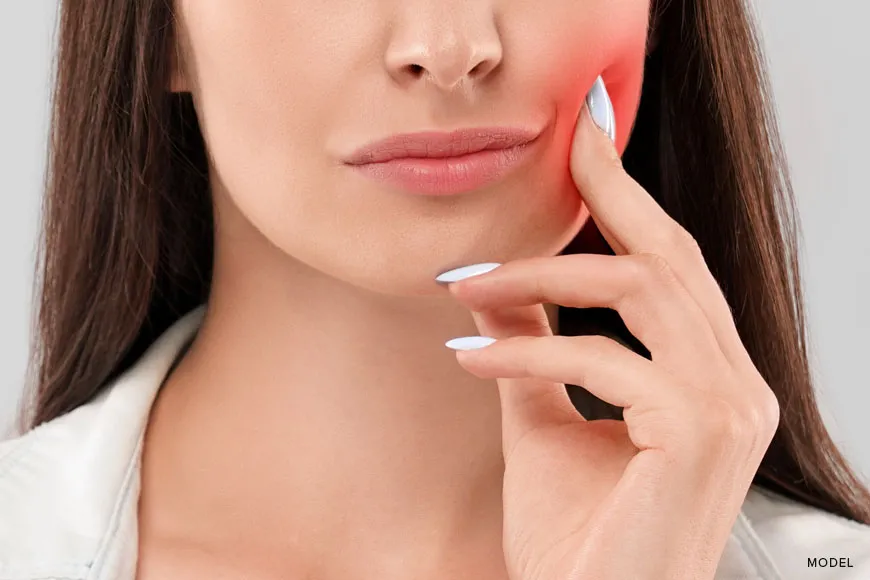The Science Behind Teeth Whitening and Sensitivity
Teeth whitening, while a popular cosmetic procedure, can sometimes lead to the unwelcome side effect of tooth sensitivity. Understanding the science behind this phenomenon is crucial for managing and minimizing the discomfort. The process involves the use of whitening agents that interact with the tooth structure, leading to changes that can temporarily affect the nerves within the teeth. This section delves into the mechanics of how whitening works and why it can cause sensitivity.
How Whitening Agents Work
The primary agents used in teeth whitening are typically hydrogen peroxide and carbamide peroxide. These compounds break down into oxygen molecules that penetrate the enamel and dentin, the layers of the tooth. These oxygen molecules then react with the discolored molecules within the tooth, effectively bleaching them and making the teeth appear whiter. However, this process also has effects on the tooth’s structure.
Hydrogen Peroxide and Carbamide Peroxide

These are the key ingredients in most whitening products. The concentration of the peroxide determines the strength and speed of the whitening effect. The higher the concentration, the faster the results, but also the higher the potential for sensitivity. Different products use different concentrations, so understanding this is crucial when selecting a whitening method. Hydrogen peroxide is the more active form, while carbamide peroxide breaks down into hydrogen peroxide.
Penetration of Enamel
As the whitening agents penetrate the enamel, they reach the dentin, which contains microscopic tubules that lead to the tooth’s nerve. This penetration can irritate the nerves, leading to sensitivity. The degree of penetration depends on the concentration of the whitening agent, the duration of exposure, and the porosity of the enamel. Porous enamel allows for greater penetration and can increase sensitivity.
The Role of Tooth Structure
The overall structure of your teeth plays a significant role in the likelihood and severity of sensitivity. Several factors related to the tooth’s composition can influence how you experience sensitivity during or after teeth whitening. Understanding these factors can help you mitigate potential issues and choose the most appropriate whitening approach.
Dentin and Nerves
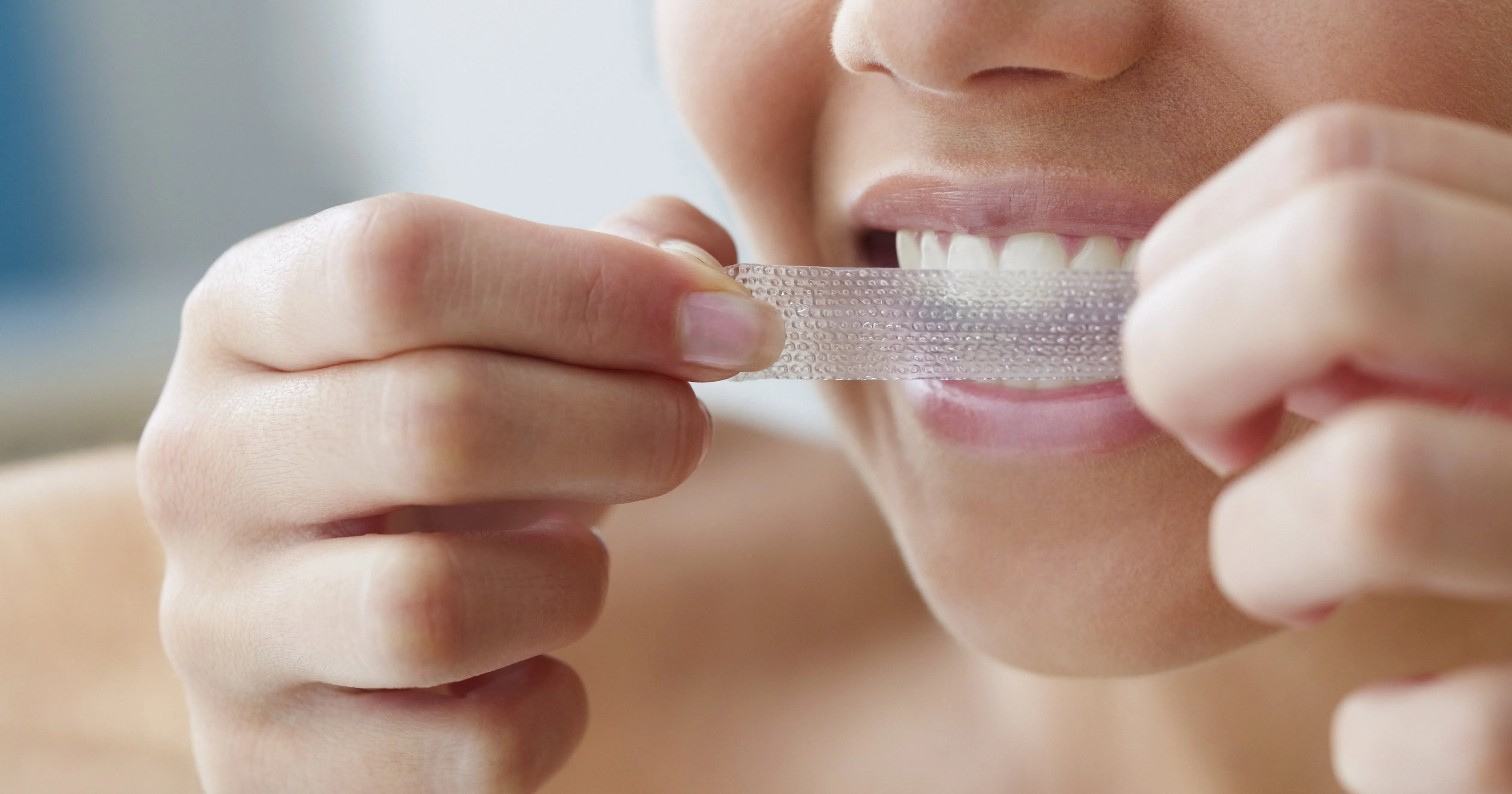
Dentin is the layer beneath the enamel and contains tiny tubules that connect to the tooth’s pulp, where the nerves and blood vessels reside. Whitening agents can pass through the enamel and into these tubules, irritating the nerves and causing sensitivity. The more porous the dentin, the easier it is for the whitening agents to reach the nerve endings.
Enamel Thickness Variations
The thickness of enamel varies across different individuals and even different teeth within the same mouth. Thinner enamel provides less protection to the underlying dentin and pulp, making teeth more susceptible to sensitivity. The natural wear and tear of enamel over time can also contribute to thinning, increasing the risk of sensitivity during teeth whitening.
Top 5 Causes of Teeth Whitening Sensitivity
While the science behind teeth whitening sensitivity is complex, the most common causes are relatively straightforward. Knowing these causes can help you take proactive steps to minimize discomfort and ensure a positive whitening experience. From the strength of the whitening agent to your existing oral health, many factors can contribute.
Concentration of Whitening Agent
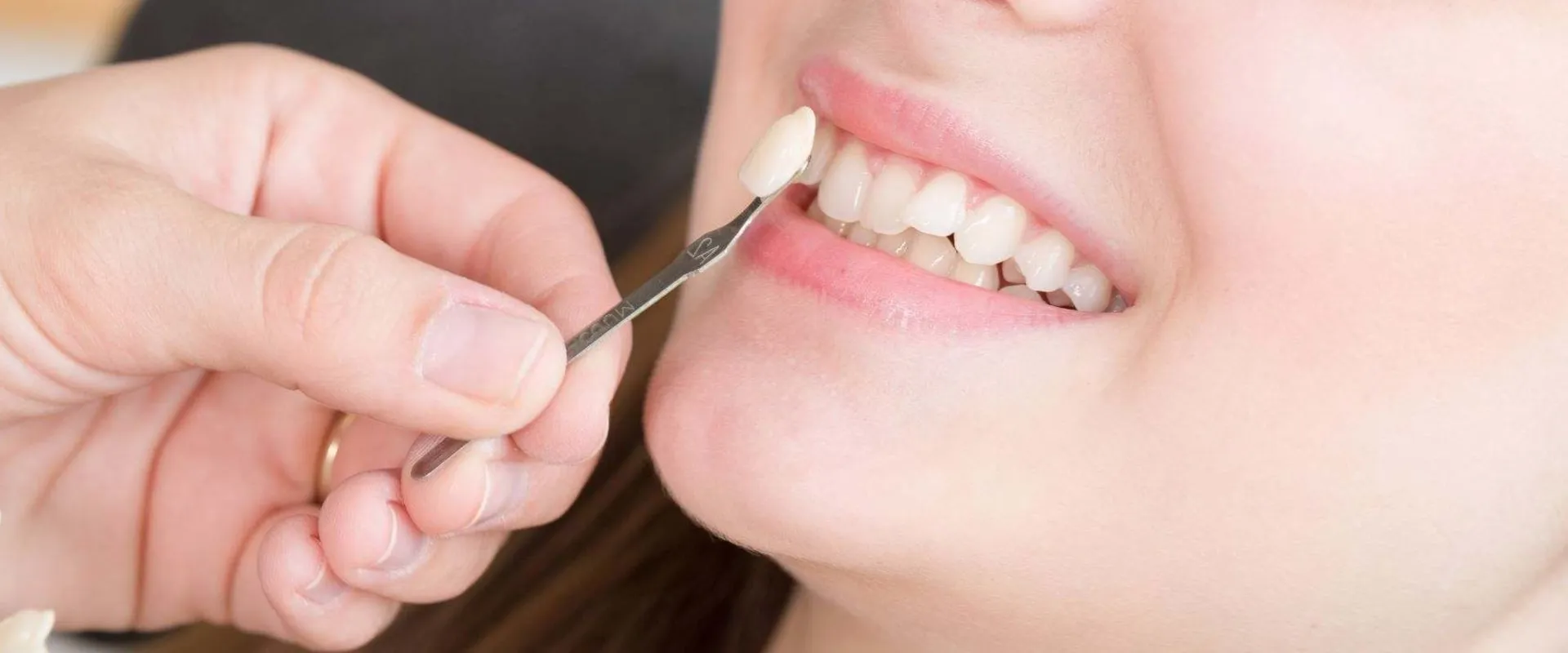
The higher the concentration of hydrogen peroxide or carbamide peroxide in the whitening product, the more likely you are to experience sensitivity. Professional whitening treatments typically use higher concentrations than over-the-counter products, which is why they often lead to more intense sensitivity. This is a trade-off between faster results and increased risk of discomfort.
Higher Concentrations
Professional treatments often use concentrations of 25% to 40% hydrogen peroxide, while at-home kits generally use 3% to 20%. The stronger the solution, the quicker it works, but also the more aggressively it affects the enamel and dentin. This can cause more significant and immediate sensitivity, sometimes described as a sharp, shooting pain.
Impact on Sensitivity
Higher concentrations of whitening agents can lead to more rapid and intense penetration of the enamel and dentin. This rapid action is more likely to irritate the nerves within the teeth, resulting in increased sensitivity. Sensitivity levels vary from mild discomfort to sharp pain, which can be particularly noticeable when consuming hot or cold foods and drinks.
Duration of Treatment
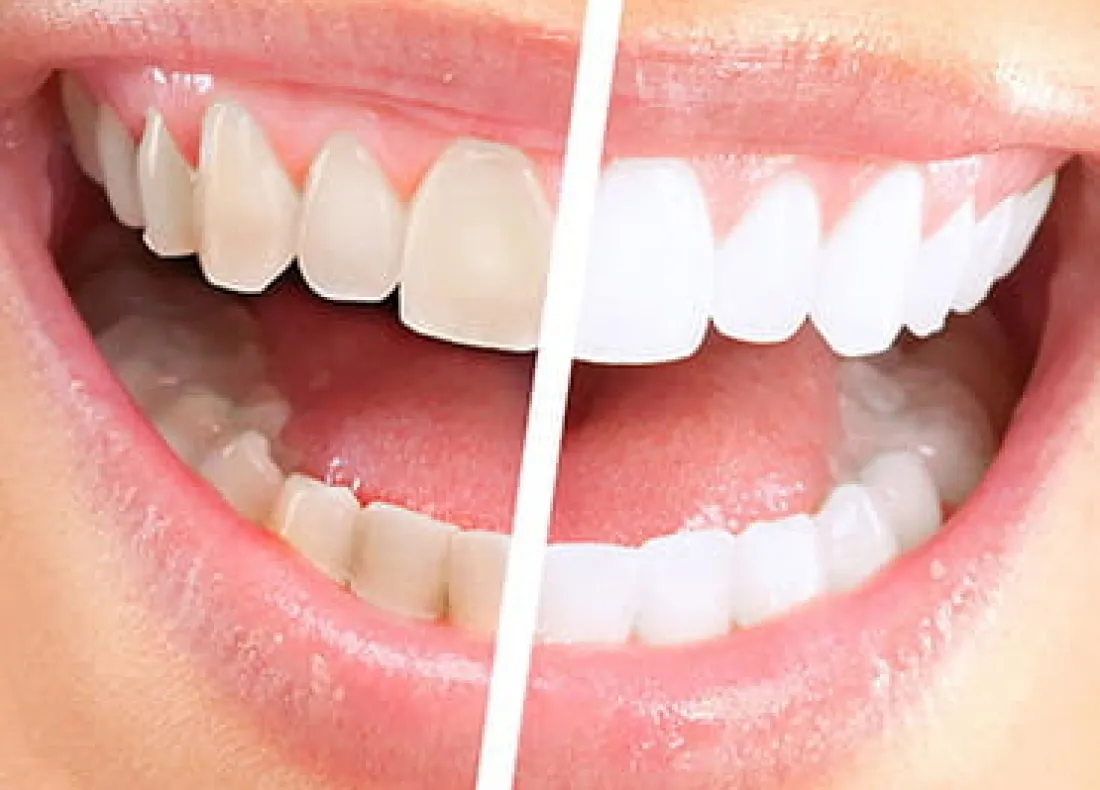
The longer the teeth are exposed to the whitening agent, the more likely sensitivity is to occur. This includes both the length of individual treatments and the overall duration of a whitening regimen. Following the instructions carefully regarding treatment time is crucial to minimize sensitivity. Overdoing the treatment can significantly increase your chances of experiencing pain.
Prolonged Exposure
Using whitening products for extended periods, either during individual treatments or over many days or weeks, allows more time for the whitening agents to penetrate the enamel and dentin. This prolonged exposure increases the likelihood of nerve irritation and the onset of sensitivity. Over-the-counter products, when used improperly, can lead to this kind of extended exposure.
Increased Sensitivity Risk
Consistent and prolonged use of whitening products can weaken the enamel over time, making teeth more susceptible to damage and sensitivity. It’s essential to adhere to the recommended treatment durations and frequency to avoid these complications. If you’re using at-home treatments, be especially cautious about overdoing it, and always consult your dentist if you have concerns.
Tooth Structure and Existing Conditions

The existing condition of your teeth plays a significant role in how they react to whitening treatments. Pre-existing issues like microcracks, cavities, or gum recession can increase the likelihood of sensitivity. These conditions compromise the natural protective barriers of the teeth, making them more vulnerable to the effects of whitening agents.
Microcracks and Cavities
Microscopic cracks in the enamel or the presence of cavities provide direct pathways for the whitening agents to reach the dentin and nerves. Even small cavities, often undetected, can significantly increase sensitivity. Before starting a whitening treatment, it’s crucial to have a dental check-up to address any existing issues.
Gum Recession
Gum recession exposes the root surfaces of the teeth, which are not protected by enamel. The dentin in the root is more porous and sensitive than the dentin covered by enamel, so whitening agents can more easily cause sensitivity. If you have receding gums, you may experience heightened sensitivity during whitening treatments.
Whitening Method
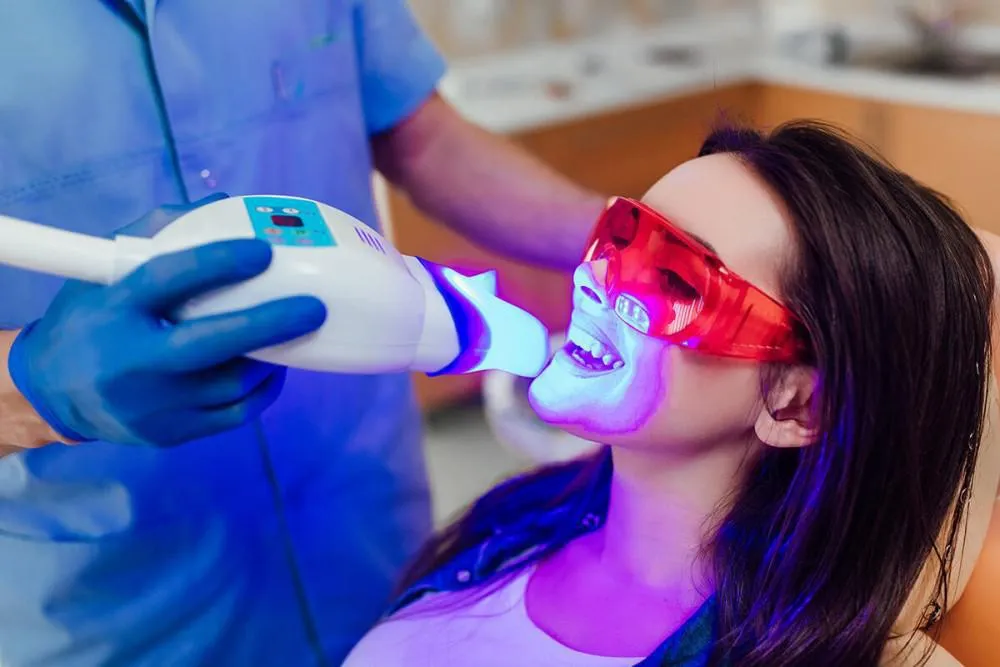
The specific method used for teeth whitening can also impact the level of sensitivity experienced. Different techniques, from professional treatments to at-home kits, have varying levels of intensity and potential side effects. The choice of whitening method should be based on your individual needs, oral health, and tolerance for sensitivity.
Professional vs DIY
Professional teeth whitening performed by a dentist typically involves higher concentrations of whitening agents and often incorporates techniques like light activation to enhance the bleaching process. These methods can yield faster and more dramatic results but often come with an increased risk of sensitivity. At-home methods, such as over-the-counter strips and trays, usually contain lower concentrations, which can be gentler on the teeth but may require more prolonged use for noticeable results.
Tray-Based Whitening vs Strips
Tray-based whitening involves custom-fitted trays that hold the whitening gel in close contact with the teeth. This method can provide more even coverage and potentially lead to more consistent results. Whitening strips are convenient and easy to use, but they may not cover all tooth surfaces uniformly. The design and fit of the tray or strip can impact how the whitening agent interacts with the teeth, potentially affecting sensitivity levels.
Individual Tooth Sensitivity
Individual variations in tooth sensitivity can significantly impact your experience during teeth whitening. Some people naturally have more sensitive teeth due to genetics, tooth structure, or past dental work. These factors influence how readily they experience sensitivity during and after whitening treatments.
Genetics and Natural Sensitivity
Genetic factors play a role in determining the thickness and density of enamel, which impacts sensitivity levels. People with naturally thinner enamel or more porous dentin may be more prone to sensitivity during whitening. If you’re genetically predisposed to sensitive teeth, it’s important to be cautious and discuss your concerns with your dentist before starting any whitening treatments.
Lifestyle Factors and Teeth Whitening Sensitivity
Your lifestyle choices can influence your teeth’s sensitivity and their reaction to whitening treatments. Dietary habits and oral hygiene practices can either exacerbate or mitigate sensitivity. Paying attention to what you eat and how you care for your teeth is essential for minimizing discomfort and promoting overall oral health.
Dietary Choices
The foods and drinks you consume can impact your teeth’s sensitivity, both during and after teeth whitening. Certain items can erode enamel or cause temporary irritation, amplifying the sensitivity caused by the whitening process. Being mindful of your diet can help minimize discomfort and support the whitening results.
Acidic Foods and Drinks
Acidic foods and beverages, such as citrus fruits, vinegar-based dressings, carbonated drinks, and fruit juices, can erode enamel, making teeth more sensitive. Consuming these items during a whitening treatment can exacerbate sensitivity. It is advisable to limit or avoid acidic foods and drinks, especially immediately before or after whitening sessions. Consider rinsing your mouth with water after consuming acidic items.
Temperature Sensitivity
Extreme temperatures can trigger or worsen tooth sensitivity. Consuming hot or cold foods and drinks may cause sharp, brief pain in sensitive teeth. This sensitivity can be especially pronounced after a teeth whitening treatment. Try to avoid extreme temperatures to reduce discomfort. Using a straw for cold drinks can sometimes help minimize contact with the teeth.
Oral Hygiene Practices
How you care for your teeth significantly influences sensitivity levels. Practicing proper oral hygiene is crucial for overall oral health, and it can also play a role in mitigating sensitivity. Avoiding aggressive brushing and over-whitening can help you manage sensitivity effectively.
Brushing Too Hard
Aggressive brushing can wear away enamel and cause gum recession, both of which can increase sensitivity. Use a soft-bristled toothbrush and gentle circular motions when brushing. Avoid applying excessive pressure. If you notice your gums receding or feel your teeth are becoming more sensitive, reassess your brushing technique.
Over-Whitening
Whitening your teeth too frequently or for extended periods can damage the enamel, leading to increased sensitivity. Follow the instructions of your chosen whitening product or your dentist’s recommendations. Over-whitening weakens the enamel and increases the likelihood of experiencing sensitivity, so it is crucial to be mindful of frequency and duration.
Minimizing and Managing Sensitivity
While teeth whitening can cause sensitivity, there are many ways to minimize and manage it. From consulting with a dentist to adjusting your whitening regimen and using desensitizing products, you can take proactive steps to make the process more comfortable and still achieve a brighter smile.
Pre-Treatment Consultation
Before starting any teeth whitening treatment, consult with your dentist. They can assess your oral health, identify any potential issues that might increase your risk of sensitivity, and recommend the most suitable whitening method for you. They can also offer advice on pre-treatment steps and products that may help minimize discomfort.
Sensitivity Products
Several products can help reduce tooth sensitivity. Using these products before, during, or after teeth whitening can make the experience more comfortable. These products work by either blocking the tubules in the dentin or strengthening the enamel, reducing the amount of irritation that reaches the nerves.
Fluoride Treatments
Fluoride strengthens enamel and can reduce sensitivity by blocking the dentin tubules. Your dentist can apply a professional fluoride treatment before whitening. Using a fluoride toothpaste can also help, creating a protective layer on the teeth. Fluoride treatments are particularly beneficial for individuals who are prone to sensitivity.
Potassium Nitrate Toothpaste
Toothpastes containing potassium nitrate help block the nerve signals that cause sensitivity. Using these toothpastes for a few weeks before whitening can reduce the risk of sensitivity. Continue using this toothpaste during and after whitening to manage discomfort. These toothpastes are readily available over the counter and are an easy way to proactively combat sensitivity.
Adjusting Whitening Regimen
Sometimes, a simple adjustment to your whitening regimen can significantly reduce sensitivity. This may involve reducing the frequency of treatments, lowering the concentration of the whitening agent, or alternating between whitening and desensitizing treatments. It’s important to listen to your teeth and adjust your approach as needed.
Reducing Frequency
If you experience sensitivity during whitening, decrease how often you whiten your teeth. Instead of daily treatments, try whitening every other day or only a few times per week. Taking breaks between whitening sessions can allow your teeth to recover and reduce the likelihood of sensitivity. This may mean it takes longer to achieve your desired shade, but it can make the process more comfortable.
Using Lower Concentrations
Consider switching to a lower concentration of whitening agent if you’re using a professional treatment or a high-strength at-home kit. Over-the-counter options often have lower concentrations and may be gentler on your teeth. Discuss your options with your dentist to determine the most appropriate whitening product for your needs and sensitivity levels.
Conclusion
Teeth whitening can cause sensitivity, but with proper understanding and proactive management, you can minimize the discomfort and still achieve a brighter smile. By understanding the science behind sensitivity, being mindful of lifestyle factors, and adjusting your whitening regimen as needed, you can navigate the process with confidence. Always consult your dentist to ensure the best approach for your individual oral health and to address any concerns you may have.
